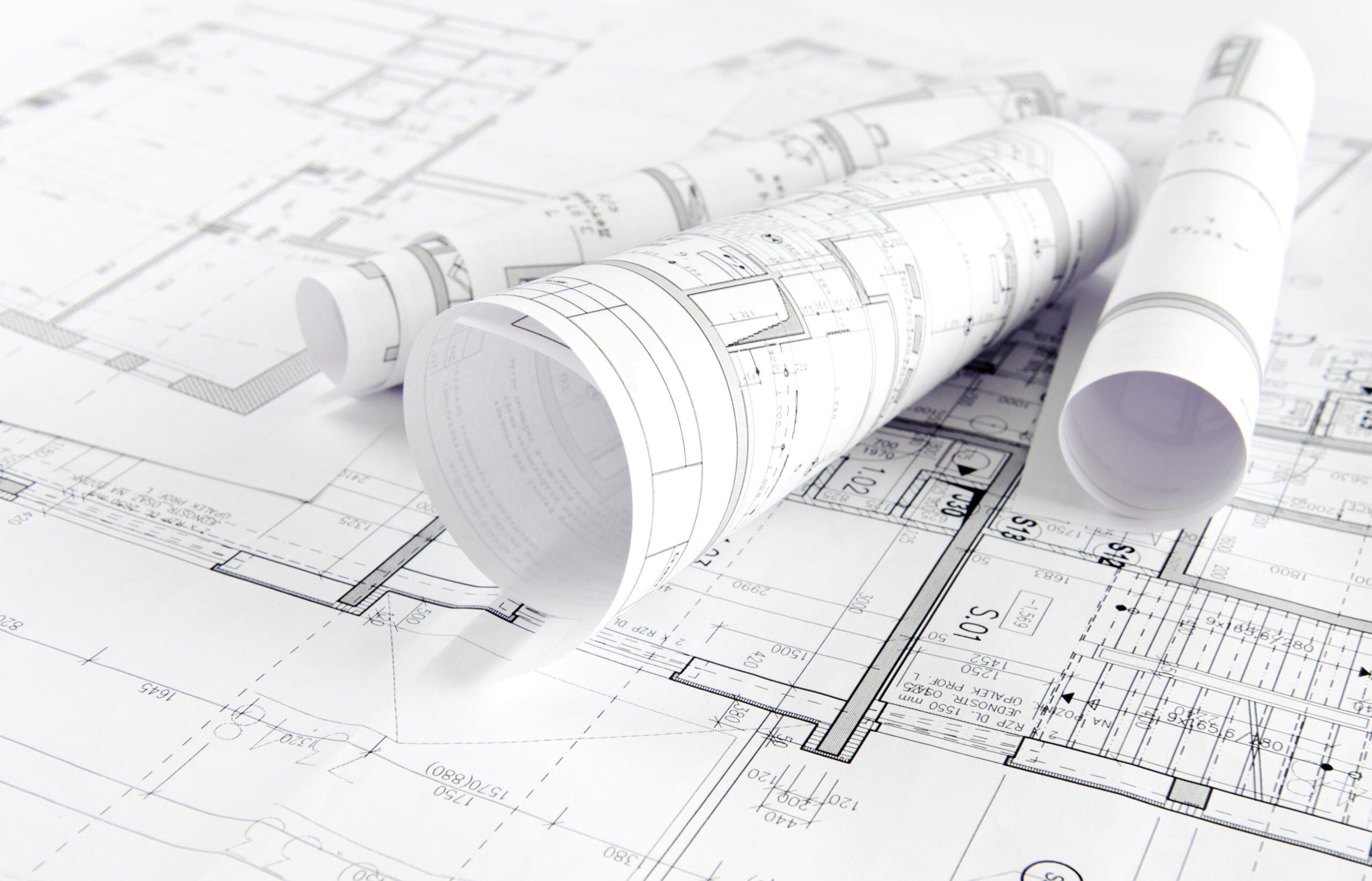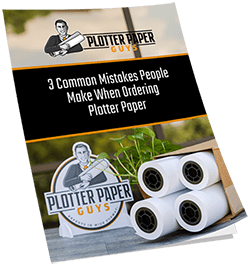What supplies does an architect need? Well, the answer to that question is not as simple as you might think.
It depends on what type of architecture they specialize in and how much time they spend designing or drafting plans. There are many different types of buildings, from skyscrapers to single-family homes.
Architects have many different things on their plate when it comes to creating these designs. In this guide, we will cover architect paper supplies and other tools.
So whenever you’re ready to learn about these essential tools, keep reading.
Can Architects Perform Their Work Without Supplies?
Nowadays, most architects do their work using digital systems and software. However, this does not mean that they do not use old-fashioned tools to do the job. Paper is still being used, and they must have the right kind.
Besides paper, many other supplies and tools are essential to the architect’s role. To better illustrate the importance of these tools, let’s take a look at some of the essential supplies every architect must have.
Architect Scale
An architect scale is a tool that may seem rather simple, but it is necessary for the architect’s success. This item should be accurate to within one millimeter and cover at least 500 grams incapacity.
Without an architect scale, the architect cannot accurately measure their designs. The scale is also used for leveling and checking angles.
This piece of equipment is essential for the architect because it helps them be more precise in their designs, leading to a better overall design.
Self-Healing Cutting Mat
A self-healing cutting mat is a must-have for any architect who cuts paper. This mat will help protect the surface of your desk and be used as a backing board when drawing with pastels or other dry media.
Without a cutting mat, the architect cannot cut paper without the risk of cutting through their desk. A self-healing mat will also help protect your blade from becoming dull and nicked, making it a more desirable architect tool.
Drafting Paper
Drafting paper is the most important paper for an architect to have on hand. This is the type of paper that architectural drawings are made from, and it’s usually a heavyweight (between 70-100 pounds).
Without drafting paper, the architect cannot create any drawings, rendering them incapable of doing their job.
Paper is often used in the architectural profession to create layouts and sketches before building or designing anything.
These sketches are done on a smaller scale than they will eventually be drawn for proper scaling purposes. Of course, the architect should also keep this paper close so the architect can easily access it for such occasions.
The drafting paper should come in various weights to accommodate the needs of different projects; this is most commonly found in packs containing 20 sheets, although it can also come as packages with 50 or 100 sheets.
The weight needed may depend on what type of architecture the architect is involved with (commercial buildings, residential buildings, etc.).
There should be a variety of colors for the paper to accommodate different needs.
The most common are blue and green, but pink may also come into play as it is often used during design procedures when determining whether or not the material will show up on the walls in an area that has been painted with multiple coats of paint.
Tracing Paper
Tracing paper is a thin and translucent paper that is ideal for tracing drawings. This type of paper can be reused many times, making it an economical choice as well.
Without tracing paper, the architect cannot be sure how the drawing will look once transferred to a more durable material. The architect can purchase this paper in both rolls or pre-cut sheets.
Tracing paper is very inexpensive and can typically be found at any art supply store, making it an indispensable item for any architect’s office.
The weight needed may depend on the type of project the architect is working on, as well.
Adjustable Triangle
An adjustable triangle is an invaluable tool for an architect. This is the only shape that can create a right angle, and it’s great for drawing lines in perspective or at 45-degree angles.
Drawing straight lines are difficult and often requires a ruler or even the use of a T-square. However, The architect can do it with the help of an adjustable triangle.
It may take some practice to get it right at first, but as soon as you find success in drawing your line on one side of the triangle, you can use the ruler on the other side to help maintain your line.
Many people find it easier to draw lines in perspective with an adjustable triangle than a T-square or ruler because of its ability to create various angles and right angles.
An adjustable triangle is typically either metal or wood, and two sides fold out to be set to the desired angle.
Engineer Scale
Unlike an architect scale, an engineering scale is designed for engineering purposes. It’s used to measure lengths and distances, such as those found in architectural drawings.
Without an engineering scale, the architect cannot measure the precision required for an architectural drawing.
The architect can also use an engineering scale to measure distances when a ruler is too short or an alternative to one of the architects who do not have access to one due to their location.
Most engineers are trained extensively on how to use scales and rulers to understand the significance of this tool.
Paper Trimmer
A paper trimmer is an essential tool for all architects because precision and accuracy are crucial when drawing blueprints or scale drawings. It’s important to use a well-made machine that makes clean cuts with ease.
Without a paper trimmer, the architect cannot replicate the same angles that they see in their drawings.
A paper trimmer helps trim down large sheets of drafting paper to fit inside a mechanical and be cut to size by the machine.
Alternatively, an architect may also use a craft knife or other cutting device for smaller projects such as making templates from scratch.
Drafting Board
A drafting board is a large surface, usually made of wood or metal, used to create scale drawings. Without a drafting board, the architect cannot ensure that all angles are drawn accurately.
Drafting boards are made of various materials and have many different features to ensure the architect has everything they need for their project.
Some drafting boards may come with an easel to stand upright on their own, while others will include storage space in the form of shelves or drawers.
Architects will also use the drafting board to measure and mark off areas of space that need to be divided or noted.
Architect Table Lamp
A lamp is an important item in an architect’s office because it helps them focus on their work without straining their eyesight. It can be a great idea to get one with adjustable light settings and a dimmer.
A drafting lamp helps position light for drawing, usually positioned at an angle from the left or right. This type of lighting must be adjustable and have a dimmer as well so it doesn’t cause glare while working on detailed designs.
T-Square
A T-square is a small instrument used in drafting and drawing to create straight lines. Without a T-square, the architect cannot accurately draw a straight line.
A T-square typically has two adjustable legs, which allows the user to set one side of the instrument at any angle desired for drawing in perspective or plotting lines on an isometric diagram.
French Curve
A french curve is an architectural tool that’s most often used for drawing arcs or curved shapes, and it can also be helpful when creating certain types of drawings like those involving a lot of circles. Although non-essential, a french curve can be quite handy.
Lining Pens & Mechanical Pencils
Lining pens and mechanical pencils are essential to any architect because they make it easier to draw precise lines.
Architects use various types of pencil and pen leads, with the most common type being graphite or lead. However, architects also have access to various other materials like chalk for lighter-weight drawings on paper that are more delicate in nature.
Precision Knives
Precision knives are an architect’s most indispensable tool. They are great for various purposes, from cutting out paper to trimming or shaping different materials like wood and metal.
Drafting Brush
Architects also need drafting brushes to help with the process of transferring their drawings onto paper because it can be difficult to transfer pencil markings without a brush or other tool.
Also, drafting brushes are essential to keep drawing clean and free from residue. This includes pencil shavings, eraser debris, and much more.
Variety Architect Paper Supplies for You
Now that you have discovered the essential architect paper supplies and other tools, you no longer wonder about the necessities of the profession.
In any case, most of these things are easy to come by, and they are affordable. However, a good paper is not easy to find.
If you’re interested in buying high-quality paper for architecture, get in touch with us, and we will happily accommodate your needs.




